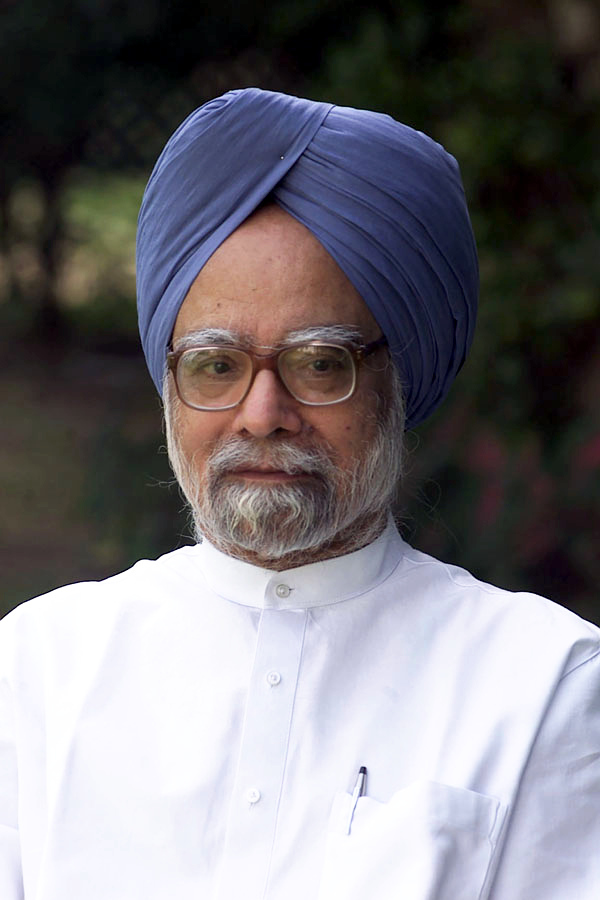Need to expedite PSU restructuring
Ravi Shanker Kapoor | February 19, 2017 1:53 pm

The Narendra Modi government appears to be as ambiguous over the public sector as ever. Now it wants to list all profit-making public sector undertakings (PSUs)—a good move indeed but it’s typically ‘incremental,’ while the need of the hour is a major overhaul of PSU policy.
The Finance Ministry has announced that all profitable PSUs will bring initial public offerings (IPOs) within 165 days of an agreement from their respective administrative ministries. “As per the extant disinvestment policy, CPSEs [Central public sector enterprises, another term for PSUs] having a positive net-worth, no accumulated losses, and having earned net-profits in three preceding consecutive years, be required to achieve mandatory listing norms of 25 per cent public holding for listing on the stock exchanges,” said a February 17 FinMin memorandum.
In view of the announcement made in Budget 2017-18—Rs 72,500-crore disinvestment proceeds next fiscal—the Ministry wants “time-bound listing of identified CPSEs.”
The administrative ministry concerned “and/or” the Department of Investment & Public Asset Management (Dipam) shall draw the list of eligible CPSEs for listing within one month from the finalization of audited accounts of the last financial year, the memorandum said. The “and/or” is important, for it gives Dipam the power to act on its own in case the administrative ministry concerned shows slackness, which is quite often. When disinvestment was carried out during the Atal Biharai Vajpayee regime, lines ministries proved to be the biggest roadblocks.
For the appointment of advisors and intermediaries, and to guide the process of disinvestment through public offer, an inter-ministerial group (IMG) shall be constituted. “The process for the appointment of advisors for the transaction, including merchant bankers/BRLMs/legal advisors, etc., shall be completed within a period not exceeding eight weeks from the date of constitution of the IMG,” the memorandum said.
An empowered committee (EC) shall be constituted, it said, “with the mandate to complete time-bound documentation of DRHP [draft red herring prospectus].” The EC would ensure that PSUs comply with the requirements of Sebi regulations. Emphasis is again on “time-bound,” which augurs well for PSU restructuring. Another good sign that the body mandated to carry out this exercise is “empowered”—that is, it can take decisions against a regular committee which just makes recommendations.
While it is good that the government is showing some earnestness in public sector restructuring, and even privatization, the pace leaves a lot to be desired. Not a single big PSU has been targeted for privatization since Modi assumed office in May 2014. He still persists with incremental change in the public sector, though the quantum of change has increased slightly.
It is indeed intriguing that a Prime Minister who could take as drastic a step as demonetization remains wedded to the idea of gradualism when it comes to liberalization. At the stroke of a pen, he makes 86 per cent of the currency illegal, but for reforms in general and public sector restructuring in particular he lets the pace to remain glacial.
The Heritage Foundation, in its Index of Economic Freedom report, has ranked India at 143. Our rank, which dropped 20 notches in a year, is behind Pakistan. One reason attributed to the lower rank is the overwhelming presence of the public sector in the economy. “State-owned enterprises distort the economy. Despite some liberalization and modernization, state-owned institutions dominate the banking sector and capital markets,” says the Heritage survey.
The need of the hour is to do away with this domination and remove the resultant distortions. The recent measures adopted by the Modi government—listing of profit-making PSUs and some privatization—will boost the economy. The quicker pace, however, make the good deal better.































